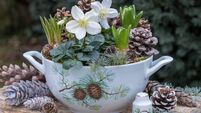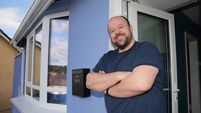Peter Dowdall: Here's how the chocolate cosmos got its name

Cosmos atrosanguineus, commonly called chocolate cosmos. Picture: iStock
Do you like chocolate? I’m not even sure how that can be a genuine question as surely there can only be one answer!
Well, if like me, you are partial to the sweet treat, let me introduce you to Cosmos astosanguineus.













